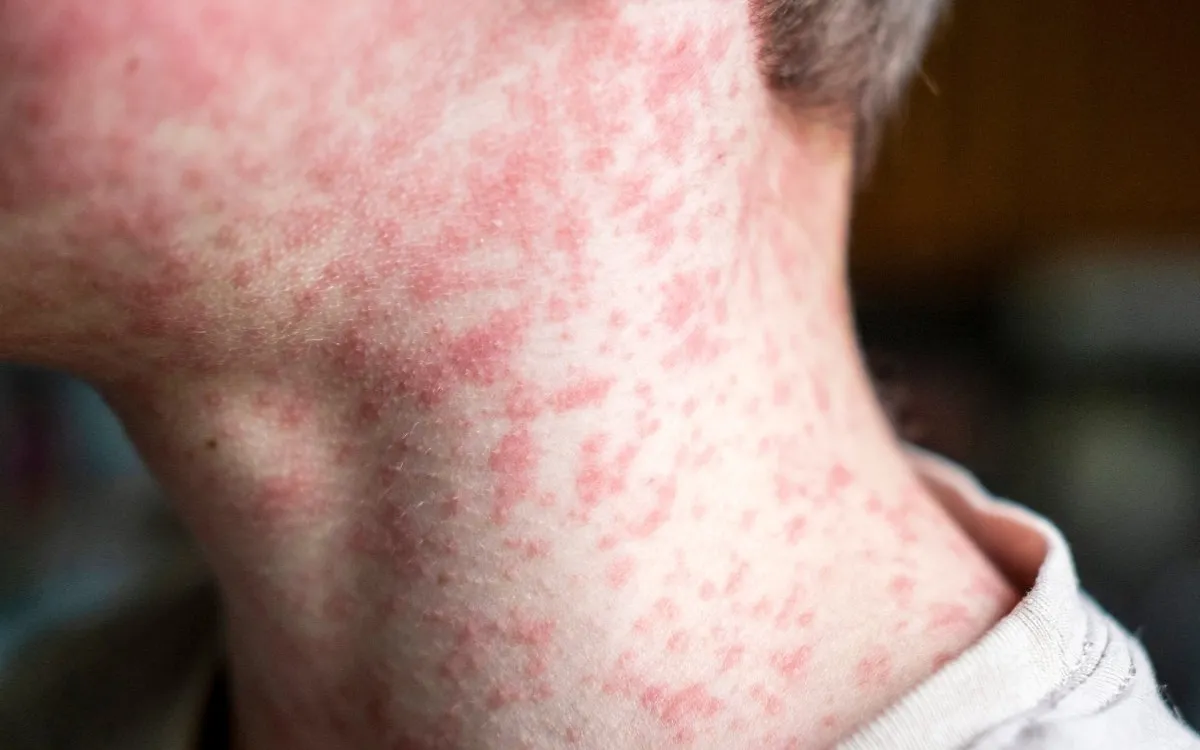
The surging measles outbreak, which has already impacted hundreds and resulted in numerous hospitalizations in Texas and New Mexico, is expected to worsen before it shows signs of improvement. According to a recent alert issued by the Centers for Disease Control and Prevention (CDC), the agency anticipates that this deadly virus will continue to spread at an alarming rate. This warning was part of a Health Alert Network (HAN) Health Advisory released late last week.
As of Tuesday, Texas health officials have confirmed a total of 223 measles cases within the state, with 29 individuals hospitalized and one tragic death attributed to this preventable viral disease. Measles cases have also been reported in other states this year, including New Mexico, New York, Alaska, and Florida. The ongoing outbreak in Texas has been traced back to mid-January and has predominantly affected individuals within Mennonite communities in rural western Texas, a demographic noted for low vaccination rates.
In a heartbreaking development, an unvaccinated school-aged child in Texas succumbed to measles in late February, marking the first reported measles-related death in the U.S. in a decade. The outbreak has also spilled over into neighboring New Mexico, where 33 cases have been documented so far. In early March, health officials in New Mexico reported that a recently deceased resident tested positive for measles, although the investigation into the official cause of death is still pending.
Measles is known for its highly contagious nature, making it particularly dangerous in communities with low vaccination coverage. To achieve herd immunity and prevent widespread transmission of the virus, approximately 94% of a population must be vaccinated against measles. Local health officials expressed early concerns that hundreds may have already been infected, and it is likely that the number of cases has only increased since then. Remarkably, this outbreak is the largest Texas has experienced in nearly 30 years.
Measles was declared locally eliminated in the U.S. 25 years ago, but outbreaks still occur, often in areas with low vaccination rates. These outbreaks typically begin when an infected individual travels from a region where measles is endemic. Although the overall risk for widespread measles in the United States remains low due to high national vaccination rates, the CDC cautions that the immediate situation in Texas and New Mexico is expected to deteriorate further.
The CDC’s advisory indicates that the outbreak is "continuing to expand rapidly." This year alone, measles cases have been reported in 13 states. On Tuesday, health officials in Oklahoma identified two cases linked to the clusters in Texas and New Mexico. While many of the cases reported in other states appear to be travel-related, there is a real concern that additional outbreaks could emerge as a result.
As of now, the total number of measles cases reported in 2025 is on track to surpass the 285 cases recorded nationwide last year. The situation raises questions about whether this year will surpass 2019, which saw extensive and sustained outbreaks, particularly in New York, threatening the U.S.'s status of having eliminated measles locally.
The recent outbreaks come under the administration of Robert F. Kennedy Jr., the new head of the U.S. Department of Health and Human Services. While Kennedy has voiced some support for measles vaccination since his appointment, he also has a history of spreading misinformation regarding vaccine safety, particularly concerning the measles, mumps, and rubella (MMR) vaccine. Additionally, he has promoted scientifically unsupported treatments for measles, such as cod liver oil supplements, which could further complicate public health efforts.
As the situation continues to evolve, it is crucial for communities to stay informed and prioritize vaccination efforts to combat this escalating measles outbreak.